#War In The Pacific
Explore tagged Tumblr posts
Text
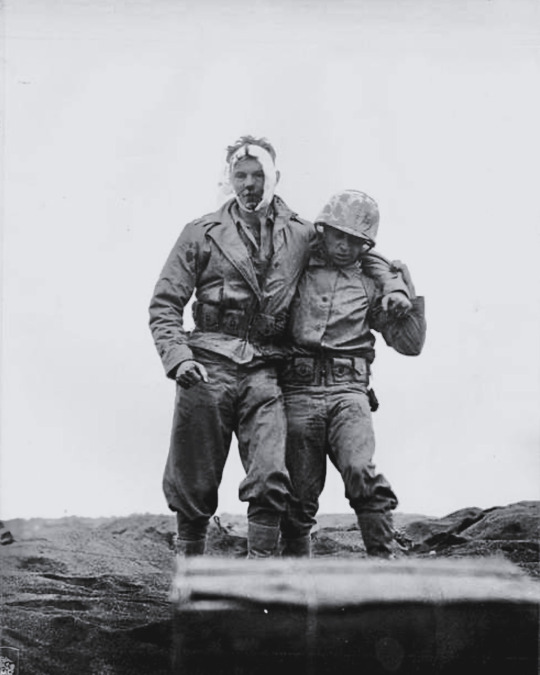
A US Marine helps his comrade with a head injury to go and get some medical attention - Iwo Jima 1945
#world war two#ww2#worldwar2photos#history#1940s#ww2 history#wwii#world war 2#ww2history#wwii era#iwo jima#usmc#marines#us marines#pacific#war in the pacific#1945
380 notes
·
View notes
Text

B-29 Superfortress of the 40th Bombardment Squadron, 6th Bombardment Group, on a mission over Japan in 1945. 🎥 b-29 Superfortress Documentary: https://youtu.be/wHugW02V9qg 📷 HD IMAGE: https://dronescapes.video/Bombers
#b 29#b 29 superfortress#boeing#Boeing B 29#youtube#aircraft#aviation#airplane#dronescapes#documentary#military#aviation history#ww2#wwii#WWII Japan#japan#Japan World War#war in the pacific#pacific war
103 notes
·
View notes
Text

one of my most popular posts on here is a quora answer about the Navajo code talkers from WW2 by Erik Painter. Its long but a really great read that explains how the code worked. link
42 notes
·
View notes
Text
15 February - The fall of Singapore
This day in World war history, on the 15th of February, 1942 the biggest surrender ever in British history happened!
85000 British, Indian and commonwealth troops were assigned to defend the island of Singapore commanded by Lieutenant-general Arthur Ernest Perciva.
On the 8th of February 36000 Japanese troops under command of (War criminal) General Tomoyuki Yomoshita landed on Sarambin beach, considered the weakest part of the island. And established a beachhead.
Due to communication and leadership failures the British failed to form reserves and lacked defensive positions near the landing zone, thus allowing the Japanese troops to land without much resistance, and fought their way inland over the course of 7 days.

Japanese troops landing on Sarambin beach
Alexandria Hospital massacre
On the 14th of February the infamous massacre of Alexandria Hospital happened.
A British lieutenant attempted to surrender the hospital with a white flag but was killed by bayonet. Japanese troops entered the hospital and slaughtered up to 50 soldiers, some whom were still under surgery. Doctors and nurses were also murdered.
On the next day 200 male surgeons and patients were assembled, bound and forced to march 400 meters to an industrial terrain. Those who fell were bayoneted.
The people who survived were divided into groups of 50-70, forced into 3 small rooms that lacked ventilation, had no sitting space and recieved no water. Some died during the night.
The following morning they were told they would be allowed to leave in groups of 2 to recieve water. However after hearing the screams of their comrades it became clear to the British soldiers whom were still in the rooms that they were being executed..
A Japanese stray artillery shell hit one of the buildings, thus allowing some of the prisoners to escape, there were a few other men who survived by playing dead.
This hospital was protected under the Red cross.
The fall of Singapore
The Japanese kept advancing and the Allies lacked supplies, thus being forced to retreat further inland together with civilians. At one point more then a million civilians were crammed in 1% space of the island. The Japanese bombed their water reservoirs thus deteriorating the situation
Throughout the night of 14/15 February the Japanese pressed against the Allied defence perimeter. Altho it was largely held by the troops, they still heavily suffered from a lack of ammunition, food and ofcourse water. Since the British anti-aircraft guns were running out of shells the Japanese could keep bombing their positions.
At 9:30 Percival held an emergency conference. He presented 2 options to his staff, either counter-attack to regain the reservoirs and military food depots captured by the Japanese or surrender.
After a fierce discussion everyone agreed that no counter-attack was possible (However, post-war analysis shows that it might would have succeeded, considering the Japanese were still in a minority and were also suffering from a lack of supplies) Unaware of the Japanese treatment to POW's they opted for surrender.

Arthur Percival (right) led by Kazushi Sugita (middle, Yomoshita's English translator ) to surrender
Hostilities ceased at 20:30 and the flag of the Rising sun was raised over the Cathay building (The tallest building of Singapore back then)
85000 British, Indian and Commonwealth troops were captured. The biggest surrender ever in British history. Many died of neglect, abuse or torture.
From 18 February until 4 March an average of 40000-50000 civilians were killed during the ''Sook Ching'' massacre of which General Yomoshita is held responsible.
The Japanese held Singapore until the end of the war.

British troops surrendering to Japanese soldiers in Singapore
Lest we forget
Definitions:
Commonwealth Association of 56 countries, almost all of which were formerly under British rule of which most gained indepence after World War II. Many Commonwealth nations fought alongside the British during the World wars!
Lieutenant General: High military rank in many countries, usually below a general and commands roughly 70000 soldiers.
Landing: Military operation on which an invasion force ''Lands'' on a island, usually brought by landing craft
Beachhead: Temporary defense line around a beach created by landing troops to allow other forces to arrive safely
White flag: International sign of dropping arms and surrendering. During WWII Some Japanese soldiers raised the white flag pretending to surrender to let Allied soldiers come close and blew themselves up or, launch a surprise attack.
Red cross: Non-profit world-wide organization founded in 1863 to protect human life and health, to ensure respect for all human beings, and to prevent and alleviate human suffering. Protected under the Geneva convention.
Bayonet: Knife-like blade that can be attached to a weapon allowing it to be used in hand to hand combat. The Japanese were extremely fond of bayonets and trained with them extensively. (the best of any nation) Even attaching them to a 9kg machine gun!
POW: Prisoner-of-war, soldiers who surrendered to the enemy. The Japanese had the worst treatments of POWS because they believed surrender was honourless.
Flag of the Rising sun: A Japanese military flag which is under alot of controversy due to it's use in World War II, under which many war crimes were commited. Still in service by the Japanese ground and maritime self-defence force.

Sources:
National library board of Singapore
National archives of Singapore
Wikipedia
This post is not meant to target or generalize any group or minority. It is a historical fact that Imperial Japan committed many war crimes during World War II, but it’s important to remember that not every Japanese soldier was involved in these actions. I will be discussing these events in future posts, but I want to emphasize that modern Japanese people are, like most people, diverse, kind, and very respectful!
#singapore#world war ii#world war 2#world war two#japan#war in the pacific#imperial japanese navy#war crimes#stop war#conflict#great britain#commonwealth
4 notes
·
View notes
Text

Sherman in action. Iwo Jima 1945.
#tank#tankers#us marines#char#tahk#el tanque de guerra#kampfpanzer#wwii#Iwo Jima#war in the pacific#colorization#Sherman#Sherman tank#lopatin v
29 notes
·
View notes
Text
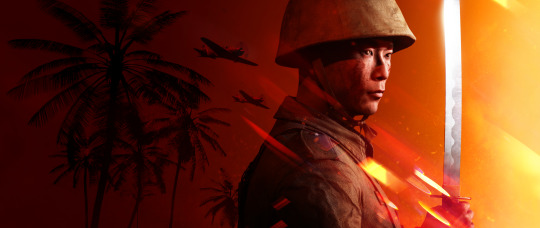
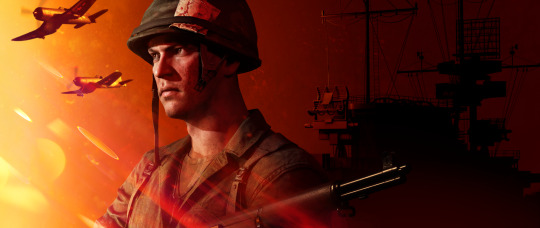
Battlefield V: War In The Pacific (2019)
#2019#gaming#WWII#aviation#Battlefield V#Battlefield#War In The Pacific#Keisuke Nakamura#Jack Culver#Iwo Jima#Pacific#Mitsubishi#A6M#Zero#Vought#F4U#Corsair#M1#Garand#katana
2 notes
·
View notes
Text
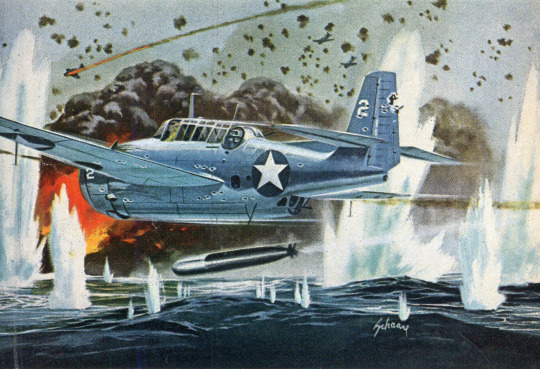
Special delivery for Tojo.
Reader's Digest November 1974
5 notes
·
View notes
Text
And so Pacific Rim passes from futuristic sci-fi to alternate historical fiction...
17K notes
·
View notes
Text


#just finished#books#reading#ronald searle#river kwai#second world war#military history#selarang#Selarang incident#war in the pacific
0 notes
Text
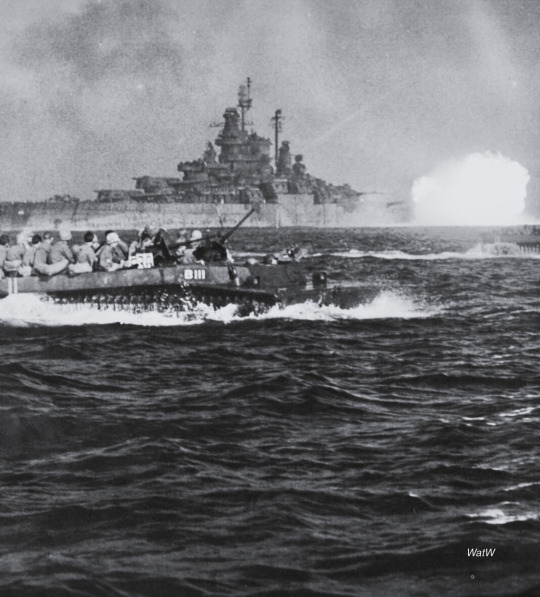
The Battle ship USS West Virginia targets enemy positions as US marines head to shore - Okinawa, April 1945
#world war two#ww2#worldwar2photos#history#1940s#ww2 history#wwii#world war 2#ww2history#wwii era#west virginia#usn#1945#battleship#okinawa#usmc#marines#us marines#us navy#pacific#war in the pacific
216 notes
·
View notes
Text

Hangar deck of the USS Yorktown CV-10 in the Pacific Ocean, 1944. Bombs are being prepared for the F6F Hellcats while the rest of the crew is watching a movie in the background.
➤PACIFIC WAR VIDEO: https://youtu.be/hdAz_qjBT78
➤HD IMAGE: https://dronescapes.video/Yorktown
#war in the pacific#pacific war#ww2 aircraft#ww2#wwii airplane#wwii era#wwii#wwii history#f6f hellcat#hellcat#youtube#aircraft#airplane#aviation#dronescapes#documentary#military#aviation history#aircraft carrier#Yorktow\
100 notes
·
View notes
Text

Cringe but free
#dipcifica 4 lyfe#gravity falls#dipper pines#mabel pines#pacific northwest#dipcifica#I would’ve gone to war for them age 12
25K notes
·
View notes
Text
Week 311 - The US drops two atomic bombs on Japan - WW2 - August 10, 1945
youtube
1 note
·
View note
Text
Orphans of the Pacific, you are really orphans now. How will you get home now that your ships are sunk?
— Allegedly said by Iva Toguri, in character as Orphan Ann, one of the characters collectively known as Tokyo Rose.
0 notes
Text
The International Military Tribunal for the Far East-aka The Tokyo War Crimes Trial.
Most people will have heard of the Nuremberg Trials, but few have heard of the International Military Tribunal for the Far East (IMTFE), or Tokyo War Crimes Trial. The Nuremberg trials are often criticized because of the low number of convictions of Nazi War criminals. The conviction rate of International Military Tribunal for the Far East was even lower. Most surprisingly the Japanese Emperor,…

View On WordPress
#History#International Military Tribunal for the Far East#Japanese Emperor#Japanese War Crimes#Tokyo#Unit 731#War in the Pacific#World War 2
2 notes
·
View notes
Text

3K notes
·
View notes